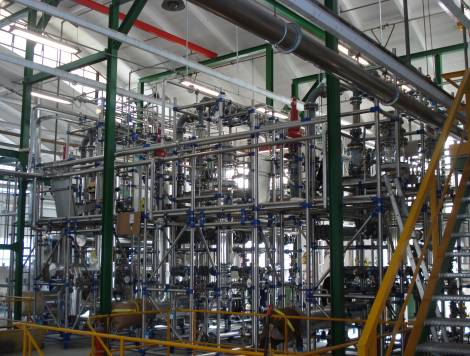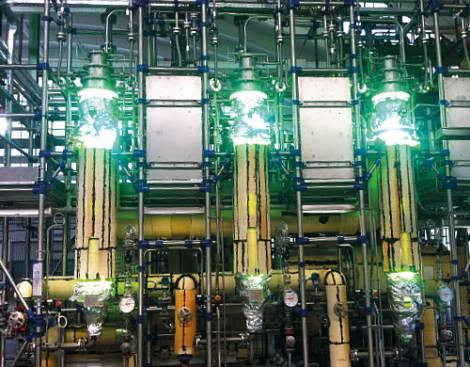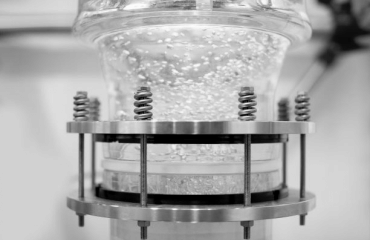Photo reaction
- Light to start reactions -
- Light for lower reaction temperatures -
- Light for higher selectivity -
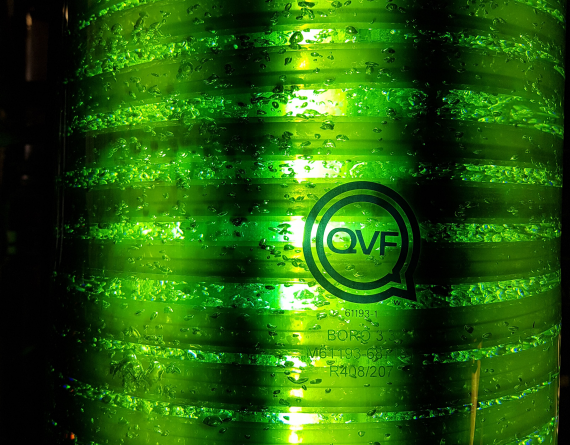

Advantages
A large number of organic syntheses are only possible by irradiation with light or are accelerated considerably. In contrast to thermal incitation, light-induced reactions often take place at room temperature so that thermally sensitive molecules do less decompose increasing the selectivity. The photochemical induced synthesis has hence become an important option for organic synthesis routes. Numerous technical lab scale solutions have been developed in the last decades. The scale-up of photo processes realized in lab scale and their realization in production scale is still a challenge. Specific know how regarding light emmision sources and chemical as well as mechanical engineering have to get together to provide reliable technical process solutions. That's what is now easily available through De Dietrich Process Systems co-operating with Peschl Ultraviolet GmbH . Whatever the most suitable solutions is, whether stirred batch reactor or a continuous flow or falling film reactor, whether the required light range is within VUV, UV or VIS we can provide the most suitable system for your application.
Applications
UV-VIS radiation is used for various types of chemical reactions, such as
- Oxidations
- Halogenations
- Dehalogenations
- Sulfoxidations
- Nitrosylations
- Polymerisations
- Isomerizations
- Relocations
- Cycloadditions
These reaction types describe the synthesis of numerous substances such as :
- Vitamins such as vitamins A, D2 or D3
- Fragrances like rose oxide
- APIs like Arteminisin or Irinotecan
- Polymers such as CPVC or polyacrylates
- Monomers or their precursors such as acrylates or caprolactam
- Organic halides such as methylene chloride or benzal chloride
- Organic intermediates such as benzyl bromides or sulphonic acids
The wavelength of the required radiation depends on the source molecules. It can be found in the scientific literature or determined and verified experimentally. PESCHL Ultraviolett GmbH, as a worldwide recognised manufacturer of UV-VIS technology, also offers standardised photoreaction systems for laboratory research.
De Dietrich Process Systems also supports you in finding the right CRO partner for the development of your photochemical synthesis.
For the subsequent scale-up, selection and production of the most suitable UV/VIS source, you can rely on the experience that PESCHL Ultraviolett GmbH has gained for more than 40 years.
The photochemical reaction is only one process step within the entire manufacturing process. Accordingly, we offer to accompany the process development with our know-how in thermal separation processes in order to design the entire process including the reprocessing and cleaning steps from the very beginning.
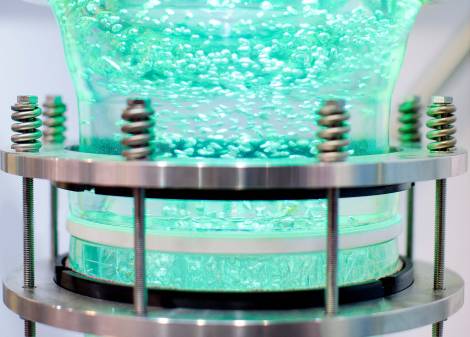
Empty line to generate full width
Reactor types
Photoreactions are performed in batch or continuous mode.
The reactor types can be classified as follows:
- Stirred reactors
- Flow tube reactors
- Fallfilm reactors
These reactors can be equipped with an external loop, as is usual for a flow tube reactor and a falling film reactor, so that they can also be integrated into a batch overall process.
The choice of the correct operating mode and reactor type depends on the usual parameters:
- Participants Phasen
- Gas /Liquid
- Liquid or liquid
- Liquid/fluid or liquid
- Solid/Liquid
- Side reactions
- Kinetics of the reaction
- Viscosity along the reaction
For photochemistry there are other parameters that are important for the selection of the most suitable reactor:
- Required intensity of the radiation
- Absorption rate of solvent, reactants and products
- Max. distance of the reactants from the light source
In order to detail these aspects in relation to photochemistry, we must take into account that the intensity of the radiation decreases exponentially, i.e. very rapidly with distance or with the path through the medium, as described by Lambert-Beer's law. To obtain the maximum radiation intensity to the reactants, it is important to choose a solvent that absorbs as little as possible of the radiation with the specific wavelength required for the reaction. This becomes all the more important when one is aware that the concentration of the solvent is usually at least 10 to 1000 times higher than the concentration of the reactants. Against this background, it is clear that a single-tube falling-film reactor with the lamp in the middle provides a short and even path through the liquid and thus a high intensity. Flow-through reactors offer longer but even paths through the liquid. An excellent example is our PhotoFlow reactor. The longest and least uniform paths through the liquid are achieved with a stirred reactor in which the lamps are installed as baffles. It is clear that very efficient mixing is the key to its performance, and stirring can be limited by the mechanical strength of the lamps. In the case of sticky material and associated cleaning problems, the lamps are installed outside the stirred glass reactor.
Together with PESCHL Ultraviolett GmbH we will be pleased to assist you in selecting and dimensioning the most suitable photoreactor.
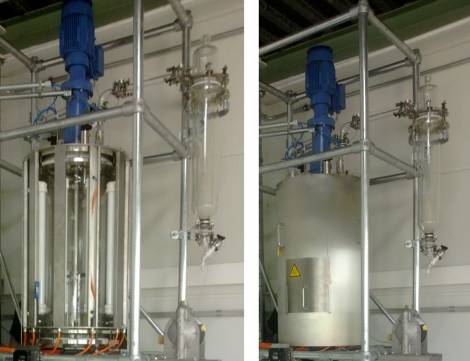
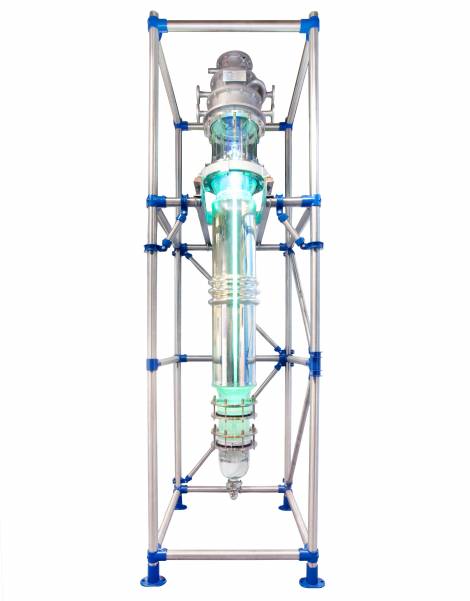
Complete solutions
Once the chemical synthesis route is clear, the photoreaction is defined and the complete process is developed. A pilot or production plant could then be the next step. The efficient, reliable and safe production of the desired components is essential. Our experience in engineering and project management gained in countless projects for the chemical and pharmaceutical industry is at your disposal as your experienced partner for the realisation of your plant.
